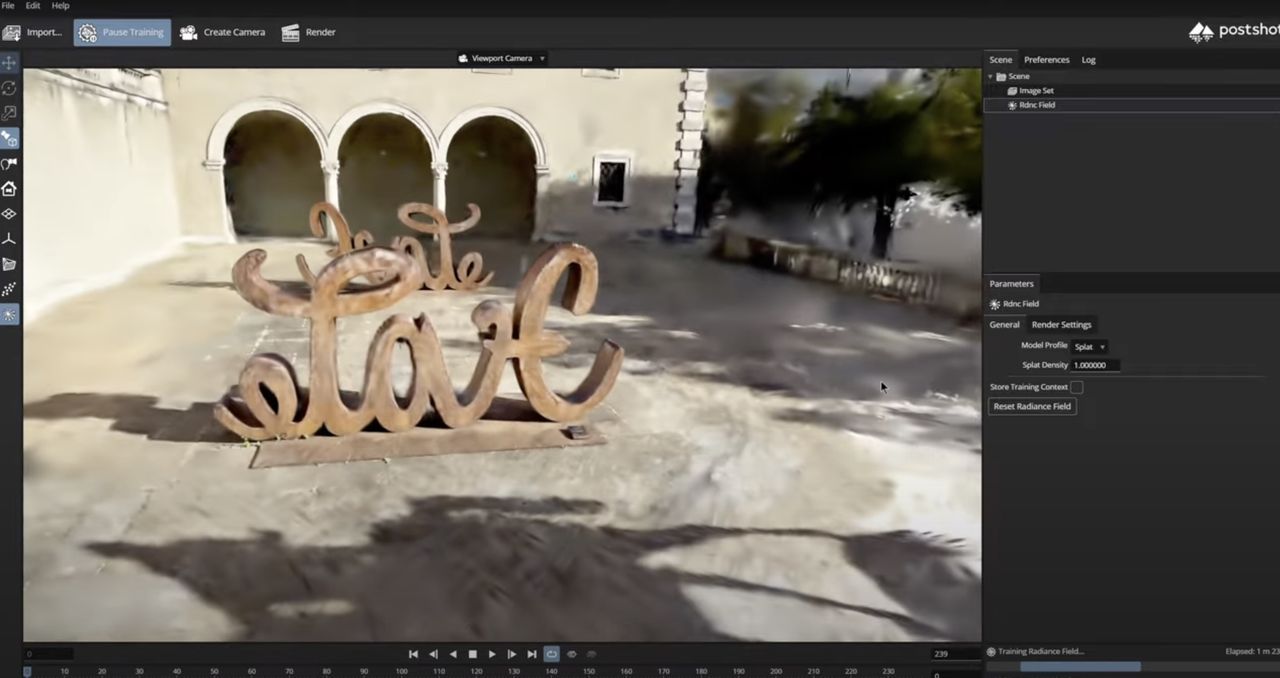
Jawset offers beta access to a new 3D scanning tool, Postshot.
There are two types of 3D scanners these days: hardware and software. The former involves a custom-designed sensor system that is moved around the subject, while the latter uses whatever hardware happens to be on a smartphone with advanced software techniques.
Postshot is one of those. It’s made by Jawset, a company that previously produced tools for generating voxel-based smoke and cloud 3D models with a highly efficient process.
The concept here is to capture a video using conventional methods, and then run it through the Postshot desktop app. This may sound a bit like photogrammetry, where still images from every angle are interpolated into a 3D model, but here it is a bit different.
Postshot uses modern AI techniques include NeRF (Neural Radiance Fields) and Gaussian Splatting, which are integrated together in the app.
NeRF is a process where an AI is trained on the radiosity of the subject, and is then able to generate views of the subject from all angles. Gaussian Splatting is a different technique that is able to generate solid models without the use of surfaces or lines.
Postshot seems quite easy to use: just capture a video and import it into the software. From there you can choose from several approaches to transform the video into a 3D model, which can then be used in a variety of ways.
It seems that Jawset is currently not charging anything for use of Postshot, as it is a beta software test. However, to use it you must have a Windows platform with a reasonably hefty GPU available.
While not specifically designed for 3D printing, this software shows the power of new AI methods for obtaining 3D models. We’ve previously seen Luma Labs use this approach, which has been quite amazing in my tests. These techniques seem superior to general photogrammetry as they are able to fill in gaps much more intelligently than “dumb” photogrammetry.
It’s likely this technology will continue to increase in capability and enable quite powerful 3D scanning tools accessible to anyone with a smartphone and desktop.
It’s also possible that these techniques could be integrated with the powerful hardware 3D scanners to produce 3D models in a simpler manner. It could be that AI techniques may simplify the scanning process as more can be made from scan data.
Via Jawset
